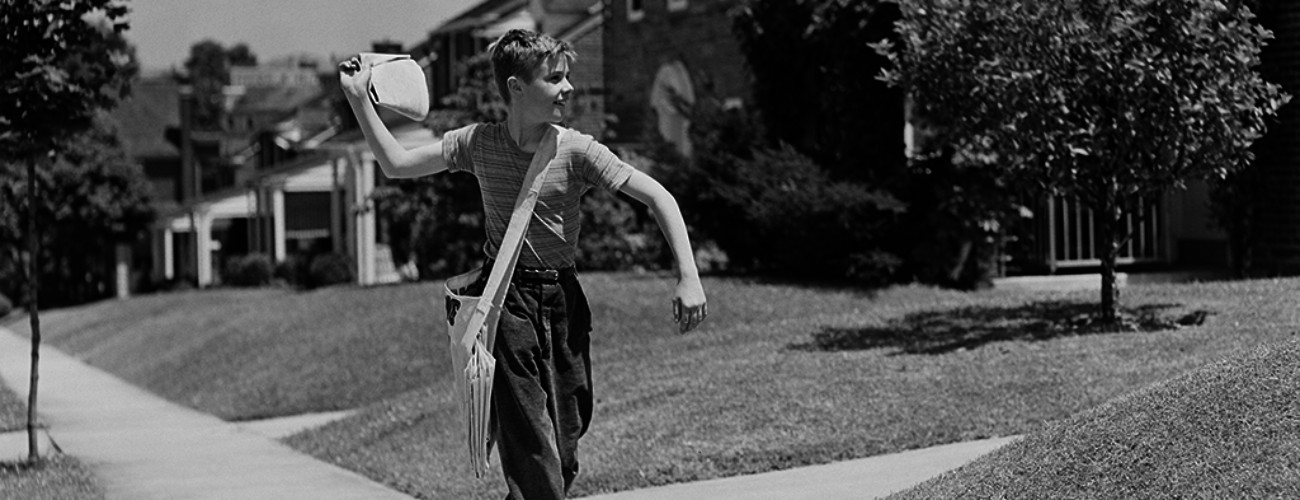Sign up for The Media Today, CJR’s daily newsletter.
Three days after another mass school shooting, the familiar pattern of coverage continues to play out. The 10 people killed at Santa Fe High School in Texas have been added to a growing list of students and teachers gunned down in places of education. Aerial images of teenagers streaming across playing fields and parking lots have rolled across news broadcasts. Calls for gun control or “hardening” of school buildings have come from politicians and activists on opposite sides of the aisle. We know the drill, and will be ready when it happens again.
“The heartbreaking thing about the images—one heartbreaking thing among many—is the precision. The cooperation. The orderliness,” writes New York Times television critic James Poniewozik. “What you are watching, this frightened, exhausted procession, is school now. It is what your children are taught. Lockdown drills, active shooter drills. It’s a procedure they have learned, and what you are seeing is a kind of horrible field trip, a deadly exam.”
From archives: NYT reporter’s thought about media coverage of mass shootings goes viral
The most indelible footage from Friday’s shooting was a widely shared interview of 17-year-old Santa Fe High student Paige Curry, conducted by local station ABC-13. Reporter Foti Kallergis asks Curry if there was a part of her that didn’t believe what she was experiencing was real, if she couldn’t believe it was happening at her school. With downcast eyes and a quavering voice, she responded, “No, there wasn’t.” When Kallergis followed up, Curry explained, “It’s been happening everywhere. I’ve always kind of felt like eventually it was going to happen here, too.”
After Friday’s tragedy, the intense, celebratory coverage of Saturday morning’s royal wedding struck a jarring note, raising questions of whether this mass shooting would pass quickly from the national conscious. We shouldn’t expect a repetition of the impassioned anti-gun advocacy that emerged after February’s mass killing in Parkland, Florida, report The New York Times’s Manny Fernandez, Jack Healy, and Dave Montgomery. “There is little indication of anything similar [to the Parkland reaction] in Texas, a place where guns are hard-wired into the state’s psyche,” they write.
With their coordinated activism and media-savvy approach, the Parkland students seemed to usher in a new era of school shooting coverage. But that appears to have been the exception. Three months later, in the wake of another mass tragedy, we find that the coverage cycle is largely unchanged.
RELATED: The stories we should be writing after the Parkland shooting
Below, more on the aftermath of another school shooting.
- A familiar scramble: Variety’s Cynthia Littleton writes that national news departments were stretched thin on Friday, with resources already tied up in preparation for the royal wedding, but that “the increase in the number of mass shootings has resulted in a kind of template for covering such a horrifying tragedy.”
- Satire as truth-telling: The Onion once again had cause to publish its headline, “‘No Way To Prevent This,’ Says Only Nation Where This Regularly Happens.” Pamela Colloff linked to the story, writing: “In all seriousness, I wish the Pulitzer board would recognize The Onion in some way for posting this story every single time a mass shooting occurs. This is writing with moral purpose.”
- Lives cut short: “One student was busy planning for his 17th birthday party. Another, an exchange student from Pakistan, was preparing for her return home, asking that her mother cook her favorite dinner. Others had ordinary teenage plans ahead—for Xbox and tennis games, for bickering with siblings, for a new bedroom.” The New York Times’s Julie Bosman and Jess Bidgood tell the stories of those killed.
Other notable stories
- For The New York Times, Sridhar Pappu and Jay Stowe have a great oral history of Time Inc., tracing the company’s descent from days of evening drink carts, profligate expense accounts, and rampant sexism through its failure to adapt to the digital age. “I’m cautiously optimistic to see how this story goes now,” former Time EIC Nancy Gibbs said. “If they find the right buyer, there is enormous power globally in Time as an institution. And I would hate to see that lost or squandered.”
- Meanwhile, New York Post’s Keith J. Kelly reports that bidding for Time Inc. titles Time, Fortune, and Money, has been “surprisingly strong.”
- Donald Trump’s Sunday tweetstorm included a “demand” that the Justice Department open an investigation to determine whether his 2016 campaign was “infiltrated or surveilled.” BuzzFeed’s Chris Geidner writes that “the tweet could set up a constitutional crisis. Or it could set up a now-familiar process of lawyers, essentially, pushing off the request to avoid such a crisis. Or it could be forgotten by the week’s end.”
- CJR’s Mathew Ingram reports from our conference in San Francisco. Co-hosted by The Information, the event focused on the strained relationship between journalism and the social networks. The main attraction was Facebook’s Adam Mosseri, who admitted that Facebook is still trying to figure out its relationship with publishers. “We are trying to figure things out and we make mistakes but we are trying to do better,” Mosseri said. “There are areas where we have really strong partnerships and areas where the relationships are incredibly antagonistic and everything in between.”
- The Washington Post’s Margaret Sullivan examines Michael Avenatti’s relationship with journalists. “Stormy Daniels’s lawyer is a media star,” she writes. “So why is he threatening journalists?”
- CJR’s Jon Allsop considers whether The Idahoan is a newspaper, or another “baby Breitbart.” Run by two longtime Republican operatives, the publication debuted ahead of last week’s closely contested primaries, pushing conservative candidates in a manner that drew outrage from the state’s journalists and the local Democratic party.
ICYMI: ‘I refused’: Fired City Paper editor claims efforts to suppress coverage
Has America ever needed a media defender more than now? Help us by joining CJR today.



